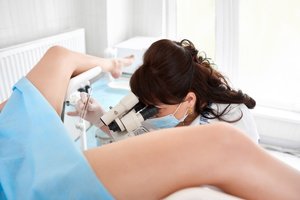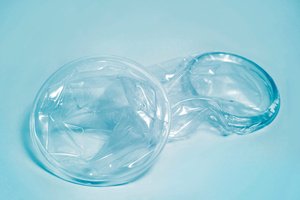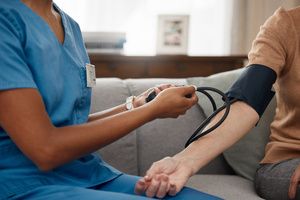There will come a time when every woman needs to visit a gynecologist. Even if you are not sexually active, visiting a gynecologist is a vital part of maintaining health throughout your life. The prospect of your first visit to a gynecologist can be extremely daunting, and it is not unusual to be uncomfortable with the idea of having a doctor examine your vagina and discuss sensitive topics related to your health.
For many women, knowing what to expect can take some of the intimidation out of the process. Here is a look at what you need to know ahead of your first appointment.
Know Why You Are Going

When you go to your first appointment, you need to have a clear idea of the reason for your visit. Many girls will go to the gynecologist for the first time between ages 13 and 15 as this is the age recommended by the American College of Obstetricians and Gynecologists. Younger women may not have anything specific that they need to discuss at this point, but it is still a good idea to think of any questions you want to ask beforehand.
However, many women do not see a gynecologist until they are ready to obtain birth control. If this is the purpose of your visit, it is a good idea to research the options and learn more about the types of birth control you are considering so that you can come up with questions ahead of time. In addition, preparation can help you feel calmer about the visit.
Know What Happens in a Pelvic Exam
ƒ
For many women, a pelvic exam is the most intimidating part of the process. Keep in mind, however, that if you are under the age of 21, you may not need to undergo a pelvic exam or a Pap test unless you are sexually active, have health concerns such as painful periods or abnormal bleeding, or are requesting sexually transmitted infection testing. Once you reach age 21, however, a yearly pelvic exam and a Pap test is recommended.

In a pelvic exam, your doctor will examine your vulva and all of the parts that you can see on the outside of your body. Then, they will insert a device known as a speculum to hold your vagina open so they can get a better look at its walls and your cervix. During this time, they will use a flat, gentle scraping device or soft brush to obtain samples for your Pap test, if applicable. This test checks for abnormalities that may indicate the presence of cervical cancer. Although this may sound worrying, keep in mind that it is rare and treatable in many cases. This part of the exam doesn’t usually last longer than a minute and is not uncomfortable for most women.
They will also check your uterus and ovaries with their fingers or with a sonogram device. This is also a relatively quick check. Your doctor may also perform a breast exam. Although young women generally have a low risk of breast cancer, your doctor may take the opportunity to show you how you can examine your own breasts to identify any changes.
Know Your Family’s Medical History
At your first gynecologist visit, your doctor will want to know about any medical conditions that you have, past surgeries, and medications that you are taking. If you have a complicated health history, you may wish to jot this information down before your appointment.
They will also ask about your family’s medical history, particularly anything in your mother’s health history related to blood clots and cancers affecting women. For example, if you have a family history of blood clots, your doctor may wish to steer you away from hormonal birth control pills that contain high amounts of estrogen toward other options that do not pose as much of a risk of blood clots.
Know That You Are in Control

It may be comforting to know that you have more control over the appointment than you might think. For example, if you have a preference when it comes to having a male or female gynecologist, you can request whichever doctor you believe you would be more comfortable with. There may be some limitations due to your insurance company or your parents may want you to see a doctor they already have a good relationship with, but you can still have some control over your care provider.
In addition, you should let the doctor know in advance that it will be your first visit. If you’re nervous, you may ask to make it more comfortable by bringing in headphones to listen to music, having a nurse come in and hold your hand, or bringing a close friend or parent with you for extra support if you get your doctor’s approval first. If you believe it would be helpful to see what the doctor is doing, you can ask your doctor to hold a mirror up so you can be more aware of what is going on.
Contact the Women’s Healthcare Team at Raleigh Gynecology & Wellness
At Raleigh Gynecology & Wellness, we understand the emotions that accompany your first visit to the gynecologist. Nevertheless, this appointment is an important step toward a lifetime of wellness. Our team of practitioners strives to make the process as comfortable as possible, and we are happy to answer all your questions. Contact us today to set up your first appointment.












